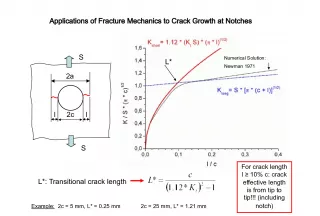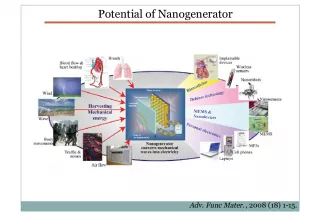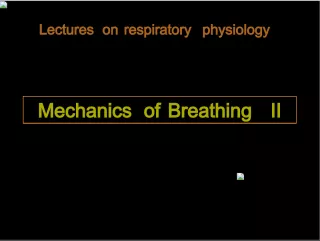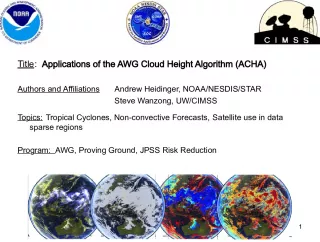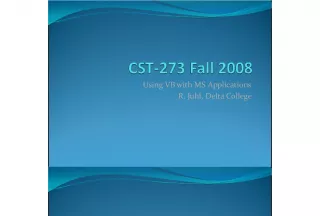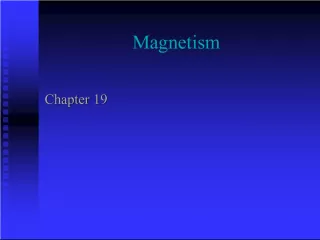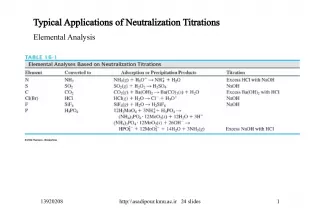Archimedes Principle and its Applications in Fluid Mechanics
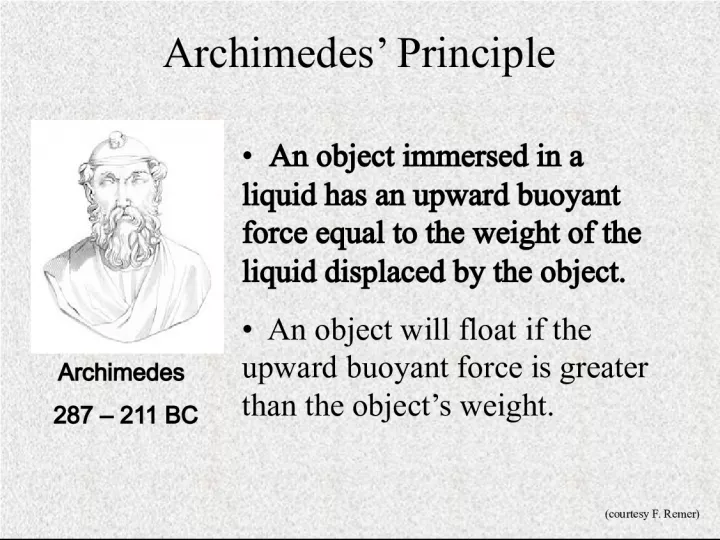

Explore the fundamental principles of Archimedes, such as the buoyant force on immersed objects, the condition for floating, and the increase of water pressure with depth in a tank.
- Uploaded on | 1 Views
-
 teresita
teresita
About Archimedes Principle and its Applications in Fluid Mechanics
PowerPoint presentation about 'Archimedes Principle and its Applications in Fluid Mechanics'. This presentation describes the topic on Explore the fundamental principles of Archimedes, such as the buoyant force on immersed objects, the condition for floating, and the increase of water pressure with depth in a tank.. The key topics included in this slideshow are Archimedes principle, buoyant force, floating objects, water pressure, fluid mechanics,. Download this presentation absolutely free.
Presentation Transcript
1. Archimedes Principle An object immersed in a liquid has an upward buoyant force equal to the weight of the liquid displaced by the object. An object will float if the upward buoyant force is greater than the objects weight. Archimedes 287 211 BC (courtesy F. Remer)
2. Archimedes Principle Square bubble of gas in a tank of water (courtesy F. Remer)
3. Archimedes Principle Water pressure in tank increases with depth p = pressure h = depth p h (courtesy F. Remer)
4. Archimedes Principle Horizontal Pressure Differences Balance (courtesy F. Remer)
5. Archimedes Principle Force on bottom of bubble F bottom
6. Archimedes Principle Force on top of bubble F bottom F top (courtesy F. Remer)
7. Archimedes Principle Buoyancy Force F bottom F top F B (courtesy F. Remer)
8. Archimedes Principle Pressure Difference Between Top & Bottom Negative by convention p bottom p top (courtesy F. Remer)
9. Archimedes Principle Combine Equations p bottom p top B (courtesy F. Remer) Note: Density () = density of liquid Volume = displaced volume of liquid = volume of object
10. Archimedes Principle The net force on the object is thus the difference between the objects weight and the buoyancy force of the displaced fluid. If the buoyancy of an object exceeds its weight, it tends to rise. An object whose weight exceeds its buoyancy tends to sink. Weight of object Buoyant Force of displaced fluid
11. Archimedes Principle Cartoon here?? Archimedes 287 211 BC At the moment of Archimedes famous discovery.
12. Example What is the buoyancy in seawater of a piece of wood that weighs 10,000 N & measures 3m x 1m x 2m? The weight of wood = 10,000 N The volume of wood = 3m x 2m x 1m= 6 m 3 The corresponding weight of an equal volume of seawater: 6 m 3 x 10300N/m 3 = 61,800N weight of water displaced = upward force = 61,800N weight of wood = downward force = 10,000N Net Force = 51,800N up
13. Example 2 A fully suited diver weighs 200 pounds. This diver displaces a volume of 3.0 cubic feet of seawater. Will the diver float or sink? weight of equal volume of seawater: 3.0 ft 3 x 64 lb/ft 3 . = 192 lb. Weight of diver = down force = 200 lbs Displaced weight of sea water = up force = 192 lb net force = 8 lbs down The diver will sink. This diver weighs 8 pounds in the water and is over-weighted. Removal of eight pounds will allow the diver to hover.
14. Buoyancy Similar to parcel of air in atmosphere At Equilibrium Density of Parcel Same as Density of Environment (courtesy F. Remer)
15. Archimedes Principle Translation: objects more dense than water will sink - negatively buoyant ; objects less dense than water will float - positively buoyant ; objects of the same density will remain at the same level and neither sink nor float - neutrally buoyant.
16. Buoyancy Density Difference Results in Net Buoyancy Force B
17. Buoyancy Density Difference Results in Net Buoyancy Force B
18. Buoyancy Net Buoyancy Force B
19. Archimedes Principle Water is in hydrostatic equilibrium = density g = acceleration of gravity B

